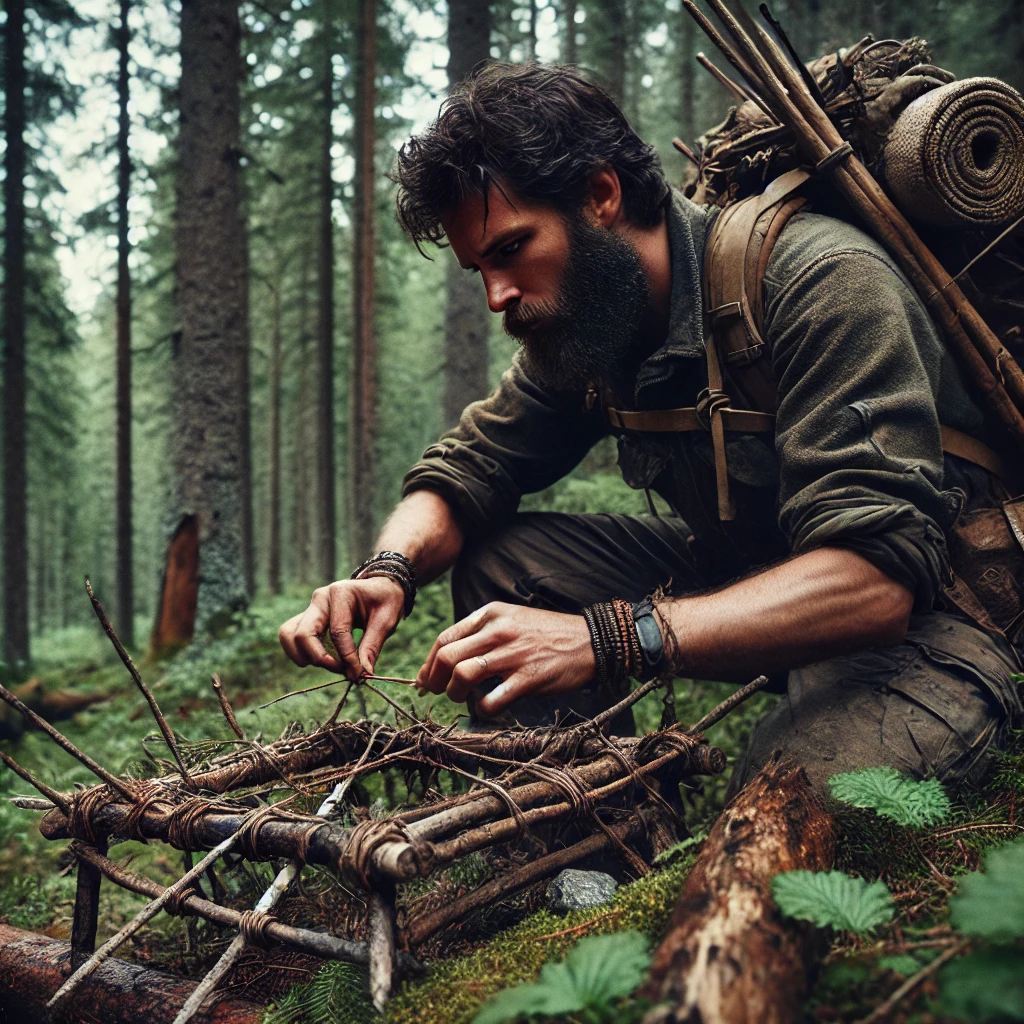The Ancient Art of Blacksmithing and Metal Forging: Rekindling Fire, Form, and Function
Blacksmithing – In an era dominated by digital conveniences and mass production, the allure of creating something tangible with one’s own hands is experiencing a resurgence. Blacksmithing and metal forging, ancient crafts once essential for survival, are now captivating modern men seeking authenticity, self-reliance, and a connection to history. This article delves into the rich heritage of blacksmithing, its relevance today, and how you can embark on this transformative journey.
Why Blacksmithing Still Matters Today
Blacksmithing is more than shaping metal; it’s about shaping character. Engaging in this craft offers:
- Hands-On Creativity: Transform raw materials into functional art.
- Self-Reliance: Equip yourself with skills to create and repair tools.
- Mindfulness: Experience the meditative rhythm of hammering and forging.
- Community: Join a global network of artisans preserving a timeless tradition.
A Brief History of Blacksmithing and Metal Forging
The roots of blacksmithing stretch back over 3,000 years. From Bronze Age tools to medieval armor and samurai swords, blacksmiths have been the unsung heroes behind civilizations.
Historical Milestones:
- Ancient Egypt (1500 BCE): Early iron smelting and weapon making.
- Roman Empire: Advanced smithing for infrastructure and military tools.
- Middle Ages: The blacksmith’s forge became the heart of every village.
- Feudal Japan: Swordsmiths like Masamune created blades with unmatched artistry.
These masters weren’t just metalworkers—they were innovators, combining science, intuition, and skill to meet the needs of their societies.

Notable Blacksmiths and Modern Revivalists
While many historical blacksmiths remain nameless, their legacy lives on through stunning works and the craftspeople inspired by them.
- Masamune: Legendary Japanese swordsmith from the 13th century, renowned for his exceptional blades and contributions to the Soshu school of sword-making. (The Famous People)
- Peter Wright: 19th-century English anvil maker, whose “Solid Wrought” anvils are still prized today. (Apple)
- Samuel Yellin: Early 20th-century American blacksmith known for his intricate architectural ironwork. (Red Label Abrasives)
Their stories are proof that blacksmithing blends history with heroism and artistry with engineering.
The Tools and Techniques of Blacksmithing
To get started as a blacksmith, you don’t need a castle forge—just the right mindset, gear, and space.
Essential Blacksmithing Tools:
- Anvil: The blacksmith’s workspace.
- Forge: A heat source, typically propane or coal.
- Hammer: Start with a 2-3 lb cross-peen or rounding hammer.
- Tongs: For safely gripping hot metal.
- Vise and Hardy Tools: For shaping, cutting, and bending.
Core Techniques:
- Drawing Out: Lengthening the metal.
- Upsetting: Increasing the thickness.
- Bending and Twisting: For structural or decorative effects.
- Punching and Slitting: Creating holes or separating sections.
- Tempering and Quenching: Heat-treating for strength and flexibility.(Reddit)
How to Start Blacksmithing: Practical Tips for Beginners
You don’t need to be a Viking or a medieval knight to start blacksmithing. Here’s how to begin:
1. Start Small, Think Big
Begin with simple projects like hooks, nails, or bottle openers. They teach foundational skills and build confidence.
2. Take a Blacksmithing Class or Workshop
Look for blacksmithing classes at:
- Local maker spaces
- Community colleges
- Historical reenactment sites
- Organizations like ABANA (Artist-Blacksmith’s Association of North America)
3. Build a Backyard Forge
You can start small with a propane forge, railroad track anvil, and a basic hammer set. YouTube has countless DIY forge tutorials—just ensure safety is your top priority.
4. Prioritize Safety
- Wear leather gloves, safety glasses, and cotton clothing (synthetics can melt).
- Always work in ventilated spaces.
- Keep a fire extinguisher nearby.
- Understand the temperature ranges of different metals to avoid accidents.
Recommended Resources
Books:
- The Backyard Blacksmith by Lorelei Sims
- The Complete Modern Blacksmith by Alexander G. Weygers
- The Art of Blacksmithing by Alex W. Bealer
Online Tutorials:
- Alec Steele (YouTube): Engaging, professional-quality tutorials.
- Black Bear Forge: Great for traditional techniques.
- Anvilfire.com: Community forum and beginner guides.(aproncrafts.com)
Communities:
- Reddit’s /r/Blacksmith: Share work, ask questions, get feedback.
- ABANA.org: Professional organization with chapters nationwide.
Keeping the Fire Burning
The ancient art of blacksmithing and metal forging is far from obsolete—it’s a skill for men who seek strength in self-sufficiency, pride in handiwork, and connection to heritage. As our ancestors did, you too can mold raw material into something enduring. Whether you’re forging a blade, a tool, or your next great hobby, this path offers fire, form, and function.
So strike while the iron’s hot—explore the forge, embrace the flame, and discover the blacksmith within.




